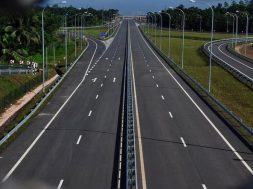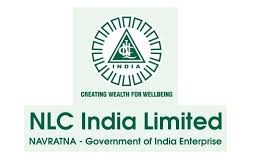
In Short : The solar expressway is planned to be constructed on a stretch of land along the Agra-Lucknow Expressway in Uttar Pradesh. The innovative concept envisions the installation of solar panels on the expressway, utilizing the expansive surface area for solar power generation.
In Detail : The solar project will cater to the energy needs of the houses along the expressway and serve as a foundation for e-mobility and local socioeconomic development
The Uttar Pradesh government has earmarked 1,700 hectares of land flanking the 296 km Bundelkhand Expressway for setting up solar energy plants.
The UP Expressway Industrial Development Authority (UPEIDA) is hammering out the blueprint of the project, which is aimed at making the Bundelkhand Expressway India’s first solar-powered expressway.
Companies such as Torrent Power have evinced interest in the 550 megawatt (Mw) project, which will soon witness competitive bidding to select the private developer under the public-private partnership (PPP) model.
“The use of solar energy to illuminate the expressway as well as 100,000 nearby houses will cut down on carbon emissions and save on the energy costs,” a senior state government official said.
The expected lifespan of the project is 25 years with a payback period set at 10-12 years. The prospective bidders who have given their presentations include Tusco, Torrent Power, Somaya Solar Solutions, 3R Management, Avaada Energy., Atria Brindavan Power, Erisha E Mobility, and Mahapreit.
The solar project will cater to the energy needs of the houses along the expressway and serve as a foundation for e-mobility and local socioeconomic development.
UP is looking at powering other expressways in the state, including Purvanchal Expressway, Agra-Lucknow Expressway, Gorakhpur Link Expressway, etc. with solar energy for promoting green and renewable energy, and to bolster the e-vehicle charging infrastructure.
The Yogi Adityanath government is vigourously ramping up power generation capacity to meet the growing energy demand from different segments of consumers including domestic, industry, commercial, and agriculture.
The government is setting up brownfield and greenfield solar and thermal energy projects across the state in the backdrop of peak hour energy demand breaching the 28,000 Mw mark.
Also, the state is in the process of inviting solar energy bids of 7,000 Mw in two phases. The government targets 25,000 Mw of solar energy generation in the long term.
Meanwhile, the UP Electricity Regulatory Commission (UPERC) has amended the Rooftop Solar Power Regulations, 2019, to promote solar energy, allowing the net metering facility to government and private educational institutions.













